Magic Leap announce major update to Lumin OS
8 min. read
Published on
Read our disclosure page to find out how can you help MSPoweruser sustain the editorial team Read more
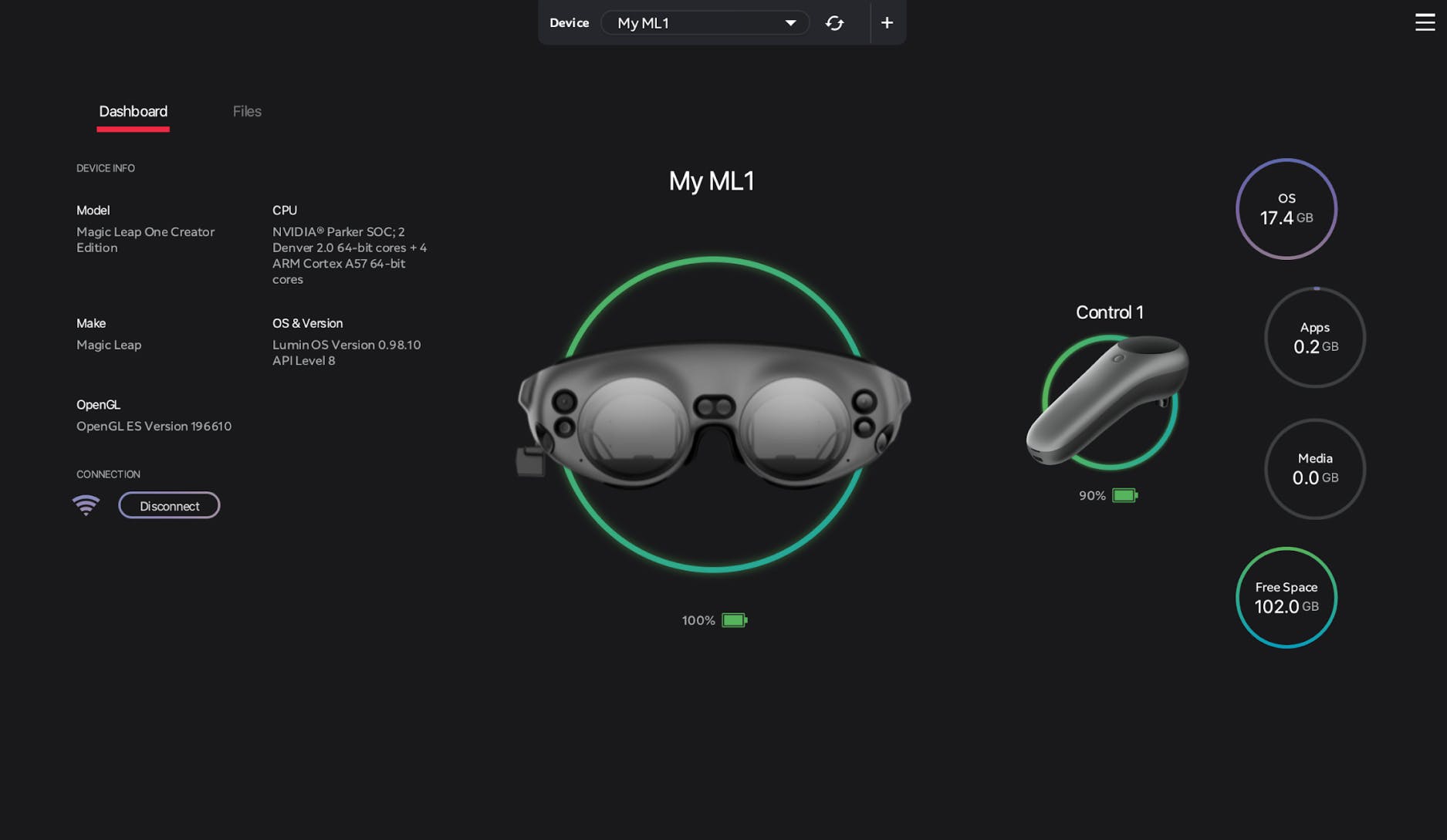
The future of Magic Leap may be in question, with rumours of the company being on the selling block, but this does not mean work has stopped on the Augmented Reality headset.
The company hasjust announced a major OS update which provides users with various new on-device features that enhance the 3D visualization workflow, enterprise device management, multi-user functionality, voice and gesture control. Magic Leap is also launching their app store, Magic Leap World, on the web.
Magic Leap is also releasing Lumin SDK 0.24. If you’re a developer and interested in what’s now possible with the latest version of their SDK, check out their blog post here.
Lumin OS 0.98.10 brings the following features:
Introducing Desktop Companion App
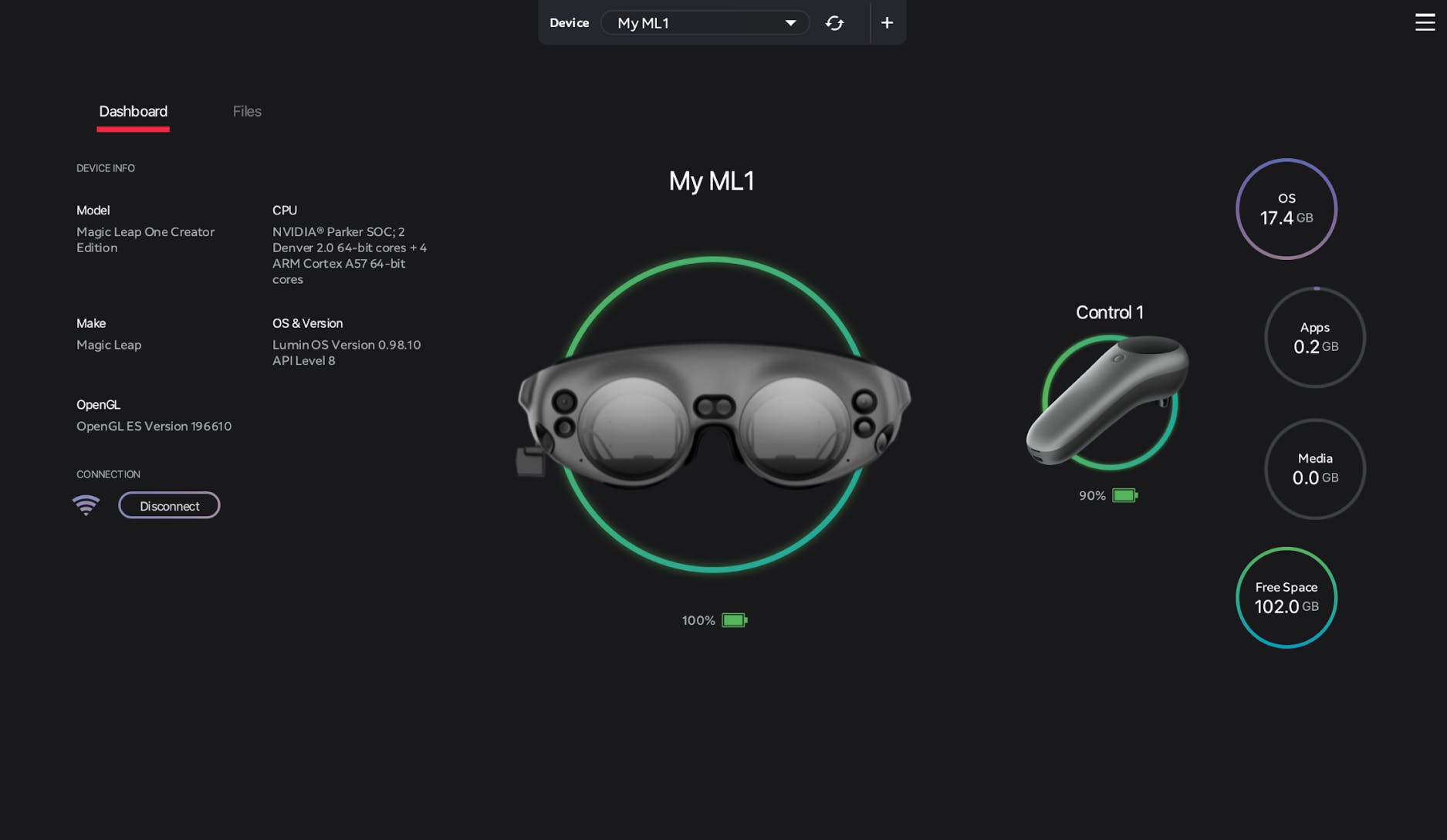
As part of the release of Lumin SDK 0.24, Magic Leap is enabling more developer features to promote the creation of apps that start to bring the advantages of spatial computing into communications apps.
The Desktop Companion App (DCA) is a new tool that allows 3D designers and modelers to quickly, easily, and securely share what you’ve created on a 2D screen to a Magic Leap device. With DCA, you can now see your work spatially, improving the speed to transfer 3D files onto Magic Leap 1 and streamlining the design and review process. Designing a car or an architectural model on your PC? Push it to your Magic Leap 1, and in seconds you’re seeing that car in front of you, sharing it with a coworker or a client, and seeing how the pixels you pushed manifest in the real world. You can download DCA here.
https://youtu.be/Bmc5M2OoUNg
At its core, DCA is a secure bridge between a user’s PC (Windows or Mac) and Magic Leap 1 or Magic Leap One Creator Edition. With DCA, a user can manage files, access file info, utilize scriptable file plugins with 3rd party apps such as Maya, and view device status. This marks the first direct connection between PC and Magic Leap hardware for enterprise users, and enables people using 3D design software to quickly push content to device. Once on device, you can review it in 3D, walk around the object, annotate it, and capture screenshots from your annotations to reference back on your computer.
All of this can be done independently, or you can collaborate on your object in real-time with another person wearing Magic Leap 1 who is located in the same room or remotely. Magic Leap is continuing to iterate on DCA to make it inclusive of their vision for seamless collaboration, communication, and copresence in enterprise. You can also learn more about the plugin architecture they are created that allows any format provider to integrate with DCA in the latest update to Lumin SDK.
Introducing Meetings & New Multi-User Functionalities
With many companies and individuals currently struggling to travel for in-person gatherings, spatial collaboration apps are the next best way to work.
With Magic Leap One Creator Edition, Magic Leap launched Avatar Chat and Casting, allowing you to connect with friends across time and space using Magic Leap devices. Magic Leap is now evolving these features toward an enterprise-ready collaboration platform: “Meetings.” This update, which Magic Leap is releasing as a beta version, allows you to chat, share, and collaborate on 2D and 3D content with both local and remote users. Magic Leap is also introducing beta collaboration features in their Gallery app that allow you to draw and comment on 3D .glb models in Meetings (.glb files can be imported and updated seamlessly through the Desktop Companion App). And our “Outfit” app allows you to personalize your avatar for use in Meetings.
https://youtu.be/phxB4zjCz1U
Magic Leap is also introducing features that make it easier than ever to collaborate with coworkers through multi-user experiences. Previously, to join a multi-user experience, you needed to invite someone via Invitations. This user experience wasn’t always conducive to quickly joining multi-user experiences, so we now support “Meeting by Code,” where you can easily punch in a 4-digit code to join an experience.

Other New Enterprise Features:
Alongside DCA, they have added some new admin functionalities to Device Manager, their software that gives your organization the support and tools you need to use and manage your Magic Leap devices, apps, and identities. These include the ability to sideload apps without a network connection, as well as the ability to turn off features such as automatic downloads of over-the-air software updates.
Enterprise IT admins can also define spatial mapping settings for their employees, including the ability to enable (or disable) Shared World for their enterprise users. Shared World is the Magic Leap system that allows for persistent digital content over time and merges real world spatial mapping data collected across multiple sessions and multiple devices. With this functionality, admins have greater control of the way their organization’s Magic Leap devices share data. You can learn more about spatial mapping and the available spatial map storage options here.
Reenvisioning Magic Leap World
With this release, Magic Leap is laying the foundation for the future of Magic Leap World by releasing a version of Magic Leap World on the web, as well as updating the Magic Leap World interface on device.
The web is the world’s biggest stage, and now you can view the entire catalog of Magic Leap apps from any device with a browser.
They have also revamped the design of Magic Leap World on device. Previousl
y, Magic Leap World was on-demand and resembled app stores that you’re used to seeing on screens. As designers and engineers, Magic Leap is all working to understand what is possible now that we can pull content outside of a screen. Magic Leap World was their first attempt at allowing you to find and discover the apps you want and need. Along the way, they are recognized that we can do so much more with the app discovery process. On the web, Magic Leap is introducing new ways to visualize how an app will look in your space. On device, Magic Leap is evolving beyond the container of a single app and into richly-informed, layered experiences. On both web and Magic Leap 1, Magic Leap World will continue to evolve from that traditional app store to the future of app discovery and commerce using spatial computing.
Additional feature updates
With each OS update, Magic Leap iterate across system-level features to improve the way that you interact with spatial content. Magic Leap is introducing an all-new apps layout on the device that allows you to see more of your apps at once (up to 21), as well as to filter apps by category, such as Screens and Concepts. Notifications are now ephemeral so they’ll disappear after being displayed.

Magic Leap is also introducing some exciting new features for their Helio browser. You can now lay Helio pages flat on your table or floor, making it more intuitive than ever to view content such as maps. Additional streaming support means that you’ll be able to stream more on-demand content via Helio, including Amazon Prime Video, Disney+, and AT&T TV Now.

Magic Leap is making notable strides as well in improving voice and gesture control. You can now stream to Twitch by just saying, “Hey Lumin, stream to Twitch.” They are also added an experimental setting to allow you to interact with the in-device interface by using your hands to open and move apps or select UI buttons.

Behind what you can actually see and touch on Magic Leap 1, Magic Leap is always improving their underlying technology to make the apps you use more aware of the space around you. With this update, they are redesigned how you can set up your spatial map settings. Spatial maps are a critical part of the Magic Leap ecosystem and help the platform enable interactions between digital content and your actual physical surroundings. their device sensors continuously scan your environment, process that information, and use it to create 3D representations of your area. These spatial maps include different levels of detail, and you can now choose whether to store certain levels of detail on your device or in one of their cloud-based storage options. Storing select features in their cloud may enable you to participate in multi-user collaborative experiences and in cross-platform experiences on iOS or Android devices. In some situations, it may also allow the device to recognize where you are more quickly and accurately.

Learn more about spatial mapping here and your options for storing your spatial maps here.
https://youtu.be/NghGYL7Goks
Customers who purchased their Professional Developer package will receive early access to the Lumin OS 0.98.10 update. The release is also available for direct download on their Developer Portal. Over-the-air updates for Lumin OS 0.98.10 start rolling out on March 16th and will continue through the remainder of the week.


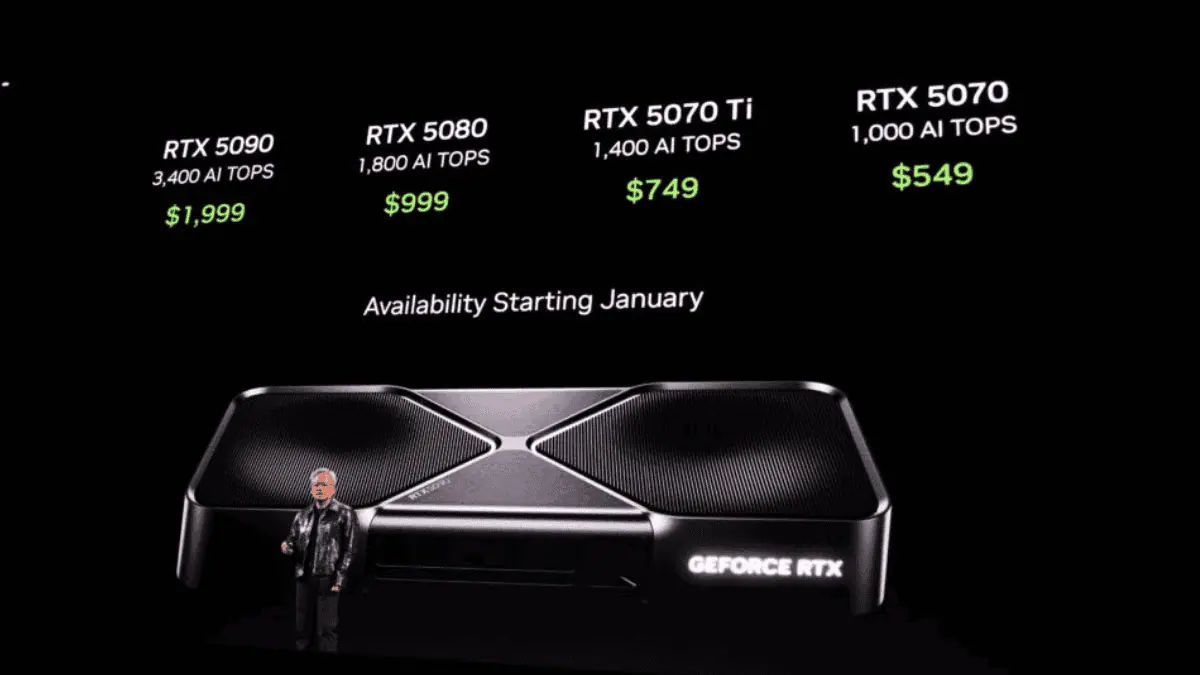
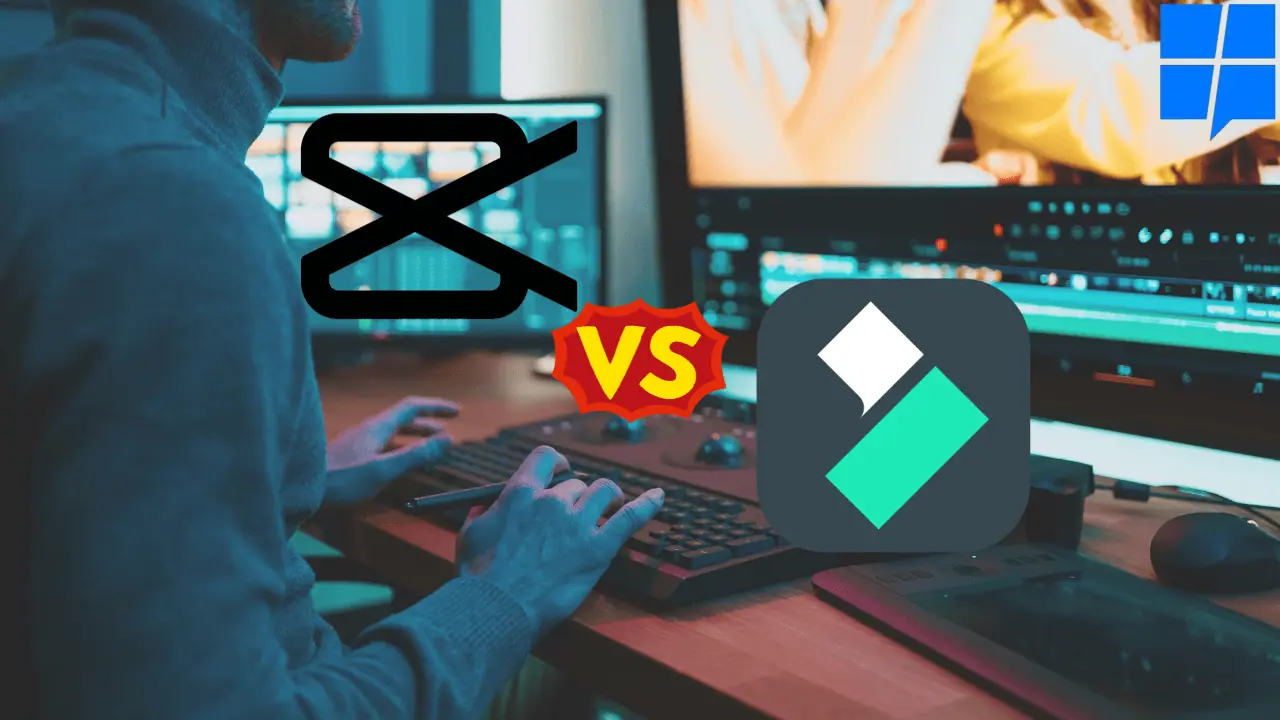




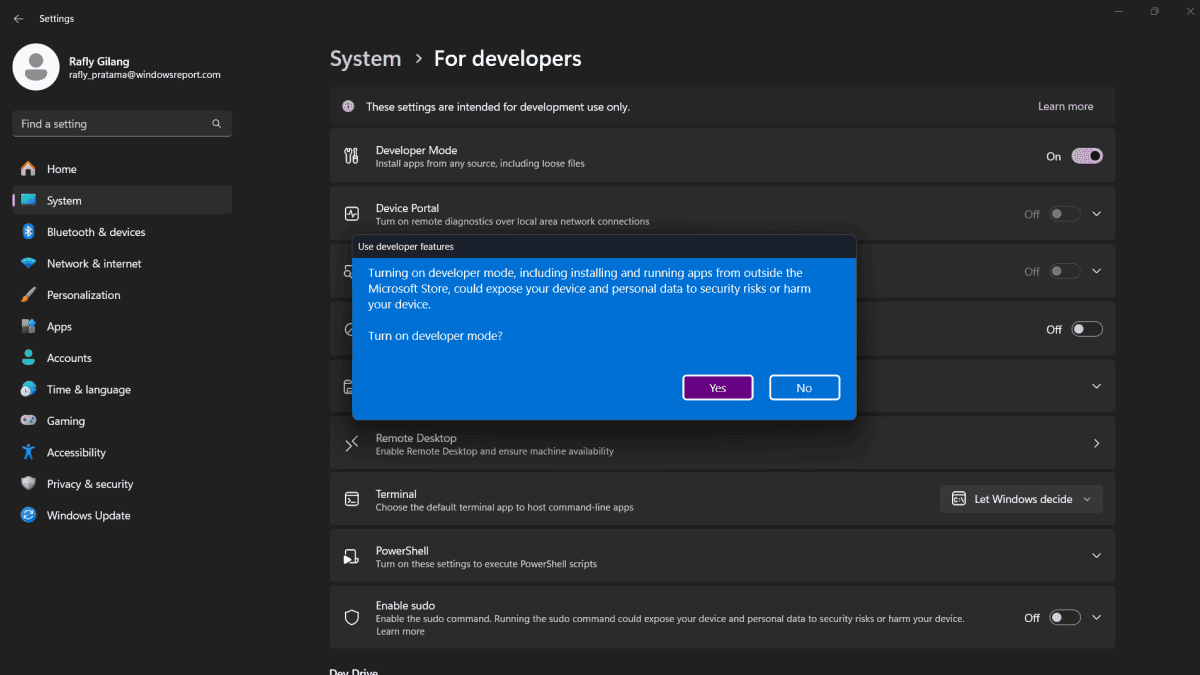
User forum
0 messages